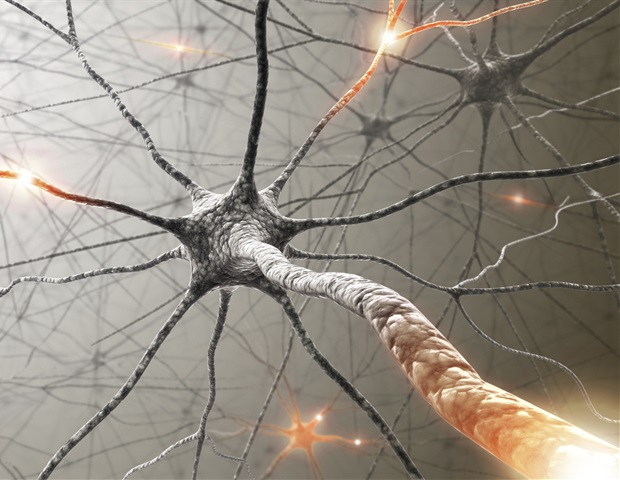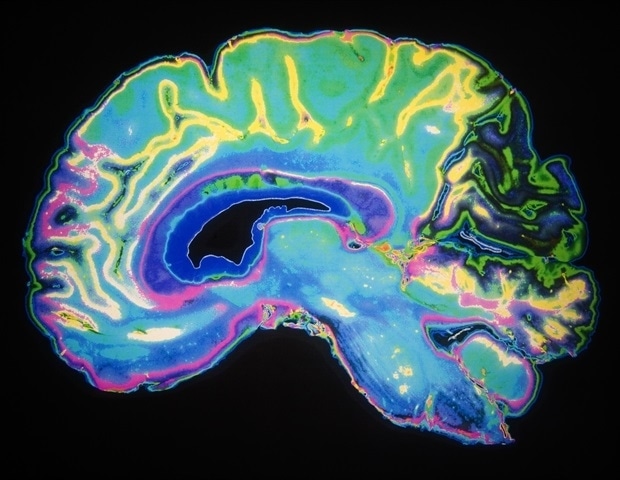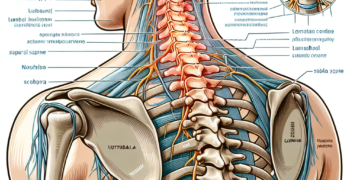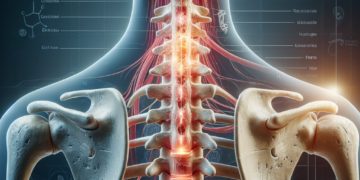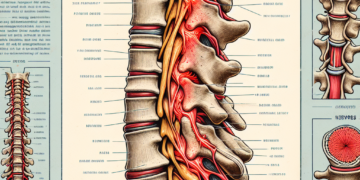Tetraplejia, paraplegia and more: a deep immersion in the types of spinal cord lesions
The injuries of the spinal cord (SCIS) are events that alter the life that can deeply affect mobility, sensation and general quality of life of an individual. Depending on the location and severity of the lesion, the effects may vary significantly. Two of the best known types of spinal cord injuries are tetraplejía (previously called tadiplegia) and paraplegia, but the spectrum of scales is broader and more complex. This article explores the different types of spinal cord injuries, their causes and the ways in which the body affects.
Understand the spinal cord and injury mechanisms
The spinal cord is a delicate nerve package that transmits signals between the brain and the rest of the body. It is protected by vertebrae, but trauma, disease or degeneration can damage the cord, interrupting these vital connections. SCIS are classified according to two key factors:
- Level of injury: The location along the spinal cord where damage occurs (for example, cervical, thoracic, lumbar or sacral regions).
- Integrity of the lesion: If the lesion is complete (total loss of function and sensation below the level of injury) or incomplete (partial loss of function and sensation).
Tetraplejia: cervical spinal cord injury
Tetraplejia occurs when the lesion is in the cervical column (neck region), which affects vertebrae C1 to C8. This type of injury affects the arms, hands, trunk, legs and pelvic organs. The severity of tetraplegia depends on the exact level of injury:
- C1 – C3: People often lose the function in the four limbs and may require ventilatory support due to deteriorated breathing.
- C4 – C8: Some people retain the limited function of arms and hands, although fine motor skills are generally affected.
Tetraplejia can lead to partial or complete paralysis, loss of sensation and challenges with the control of the bladder and the intestine. Rehabilitation often focuses on maximizing independence through adaptive technologies and therapies.
Paraplegia: thoracic and lumbar lesion of the spinal cord
Paraplegia is the result of damage to chest regions (T1 – T12) or lumbar (L1 – L5) of the spinal cord. Unlike tetraplejia, paraplegia mainly affects the lower part of the body, including trunk, legs and pelvic organs.
- Thoracic lesions: These lesions often leave their arms and hands not affected, but can affect the stability of the trunk and the lower function of the limbs.
- Lumbar lesions: Individuals can retain some movement or leg sensation, depending on the integrity of the lesion.
Paraplegia generally causes the function of the upper body, allowing people to maintain greater independence in daily activities. Mobility aids such as wheelchairs or orthopedic devices are commonly used.
Other types of spinal cord injuries
Beyond tetraplejia and paraplegia, other types of sci include:
-
Complete lesions vs. incomplete:
- Complete sci: Total loss of motor and sensory function below the level of injury.
- Incomplete sci: Partial loss of function, offering the potential of a certain recovery.
-
Anterior cord syndrome: Damage to the front of the spinal cord, which affects the function of the motor and the sensation of pain/temperature while preserving the proprioception (direction of the position of the body).
-
Central cord syndrome: Often caused by hyperextension lesions, this condition mainly affects the arms and hands, with the function of the lower part of the relatively preserved body.
-
Brown-Séquard syndrome: Damage to one side of the spinal cord, resulting in paralysis and loss of sensation on the injured side and the loss of pain/temperature sensation on the opposite side.
- Equine Cauda Syndrome: Damage to nerve roots at the base of the spinal cord, causing pain, weakness and loss of bladder/intestine control.
Causes and Risk Factors
SCIS can be the result of traumatic events such as car accidents, falls, sports injuries or violence, as well as non -traumatic causes such as tumors, infections or degenerative conditions (eg, spinal stenosis or ELA). Prevention efforts focus on safety measures, such as using seat belts, using protection equipment and avoiding risky behaviors.
Life after a spinal cord injury
Living with a LME requires significant adjustments, but advances in medical care and technology have improved the results and quality of life. Rehabilitation programs, assistance devices and psychological support play crucial roles to help people recover independence and adapt to their new realities. Emerging treatments, such as stem cell therapy and stimulation of the spinal cord, offer hope for future recovery.
Conclusion
Tetraplejia, paraplegia and other spinal cord lesions represent a complex and diverse spectrum of conditions. Understanding the differences between these lesions is essential to provide adequate care and support. While SCIS present immense challenges, continuous research, innovation and defense continue to pave the way for better treatments and a better quality of life for those affected.
For anyone who sails for this trip, a multidisciplinary approach, which combines medical, emotional and practical support, can make a difference.


